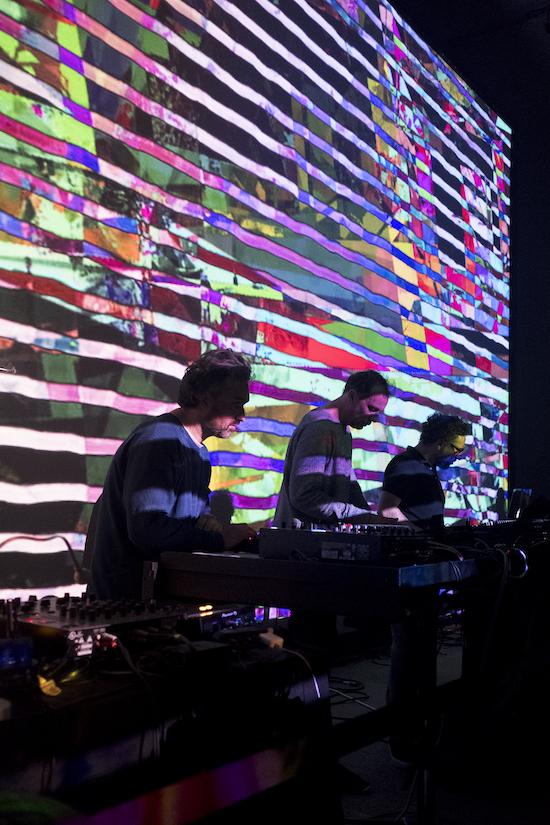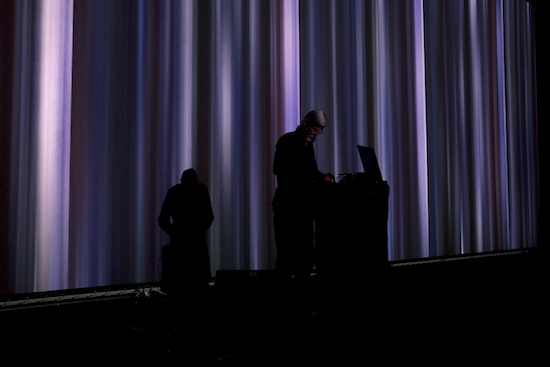San Francisco is as much projection as reality at this point. It’s not the biggest city in the USA and, quite literally due to geography as much as anything else, will never be unless it turns into the future projection it’s most well known for, the base of the United Federation of Planets in the Star Trek universe. Right now, though, it’s seen as a summation of the 21st century’s Gilded Age, not the epicentre of tech per se but the home base of so much of it, shuttling back and forth between here and Silicon Valley to the south each day.
At the same time it’s still reality. I see it, in my own small way, each day, going to and from work at a city institution, where the desperate and the fortunate are often in the closest of proximities. And I’m a fairly new arrival myself, so my perceptions are slight compared to those who have seen decades or a full lifetime. You find yourself here and not here at the same time, walking down sidewalks and past buildings where the evidence of change and shock becomes clearer even as the economic milieu and all the advertising that supports it encourages you to look beyond the walls, the stains, the sense of trying to hang on, somehow.
The Recombinant Festival, which recently celebrated its third year, is as much a reflection of that as anything else. Festivals of all kinds crop up in an area like San Francisco and the surrounding communities, from the multiday massive get-togethers to the small, boutique one-offs, reflections of passions and options. In this case Recombinant tends towards the latter approach, its mission statement saying that it’s “produced by Recombinant Media Labs (RML) who act as a producer and presenter of artworks and performances based on spatial media synthesis and its enveloping VR / AR / MR offspring.” At once a mouthful and absolutely accurate, it’s as much installation and presentation of sound art as a ‘concert’ or a series of them. It’s hosted in the Grey Area, an old theatre on Mission now transformed into a performance space, even while the old stage proscenium remains intact.
By default, Recombinant argues for the temporary, the space in place, the escape into something else. During 2018 alone notable venues have gone under due to rents, disappearing scenes, other factors – the Hemlock, Elbo Room, Mezzanine. Plenty of venues still do exist but often they showcase not the locals but the visitors, the touring acts. This tension has yet to resolve properly, but arguably spaces like the Grey Area, its not too distant neighbour the Lab and other spots still provide a haven for the avant garde in various forms, and try to showcase locals when possible. Recombinant has locals as well as a slew of acts from around the world, and honestly, just simply the fact that it’s there is almost enough.
The first night I attended was also the first of the festival overall, starting with the work of Marcus Schmickler. Plunged into darkness and seated formally, we in the audience had to let our minds wander as we chose as Schmickler began with rampaging volume and in many ways never stopped. Extreme but honestly compelling as opposed to overwhelming waves and cascades of sound, taking advantage of the detailed amplifier setup, seemed to crash down from on high, metallic feedback thoroughly separated from guitars (metal or otherwise) that still somehow sounded like a rock show, even if of the kind that maybe only Skullflower could produce. Short transitions felt like the equivalents of introducing new songs, but it was what could almost have been a literal pause for breath before a final shattering plunge that gave his set a climactic impact.
Wolfgang Voigt’s GAS albums have obtained a near mythic status among Kompakt followers over the years, almost as much as the Total and Pop Ambient series have. With Voigt at the front of the audience, the attention went instead to the projected screen, a beautifully intertwining collage of more than an hour that combined pixellation of any number of abstract elements and, like a returning motif, visions of free-floating through a forest that always seemed on the verge of collapsing into streaks of colour, a serious kind of trip. Voigt’s collages of propulsion underpinned rather than overwhelmed the textures on top of them, floating through murk in a way that was never simply ‘ambient’ but wasn’t quite anything else either, an elegance that maintained a careful balance. By the time the word ‘GAS’ emerged on screen to conclude the piece, the sense of achieving that other, not quite real world had been complete.
On the other night I attended, close to the end of the run, seats had been cleared and the dancers could, if they wanted to, take over things. That was definitely the case with Rrose, whose thrilling set was easily the highlight on that front. Playing in the centre of the room, surrounded first by a ring of eager watchers and then by those positioned near or between the amp setup and able to completely let loose, Rrose’s set had all the feeling of a good, concentrated stint on the decks of any number of clubs combined with the exploratory reach of the sound installations and other art that the festival celebrated and drew upon. Whether it was the key moment of such exultation for the entire festival again was something I couldn’t experience, but it was a treat to have something in contrast to the extremes of the other evening in turn.

Demdike Stare had a setup near the main screen where a projection ran for their entire set, and if this is something that they regularly do elsewhere, hey, it was new for me. It made for an interesting contrast to my own listening experience with the duo, though, exchanging often murky and monochromatic images in my head for everything from sunrise montages to slow depictions of hip hop dance-offs in America and seaside towns in the UK and more, a sense of a series of life as lived, however sculpted by the camera eye and the editing impulses. In exchanging one form of cryptic approach for another – as with all the other acts I saw, Demdike could arguably have been said to be playing for themselves, heads mostly down – the duo invited a new form of engaging with their work, perhaps the best way seeing an act in performance can be transformative.
Hopefully I’ll be able to go to Recombinant next time, and more to the point, hopefully there will be a next time around, even as it seems like San Francisco enters new forms of destabilisation and the feelings around the world get stranger and darker. Perhaps all the more reason to escape into sonic worlds with or without visuals, a community of moments that still holds value.


